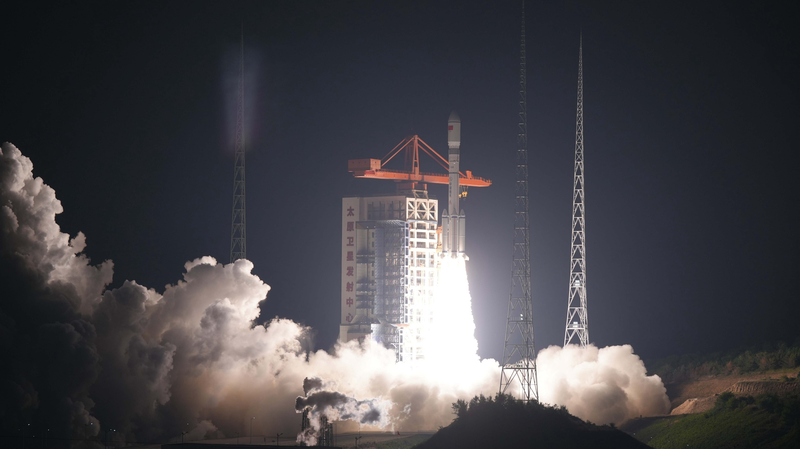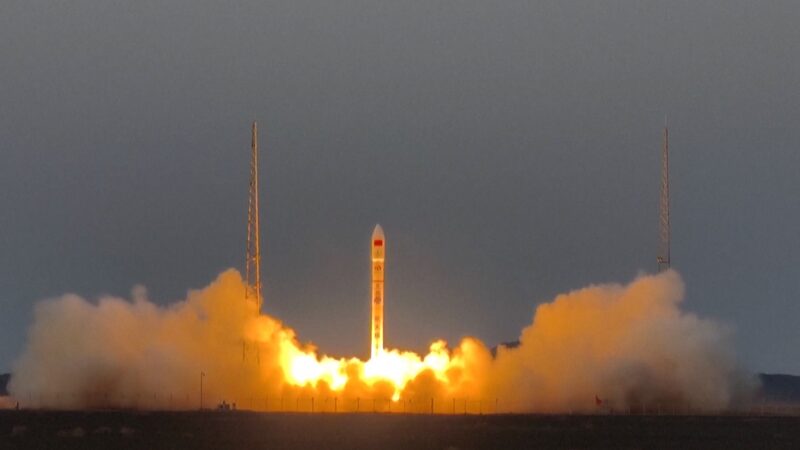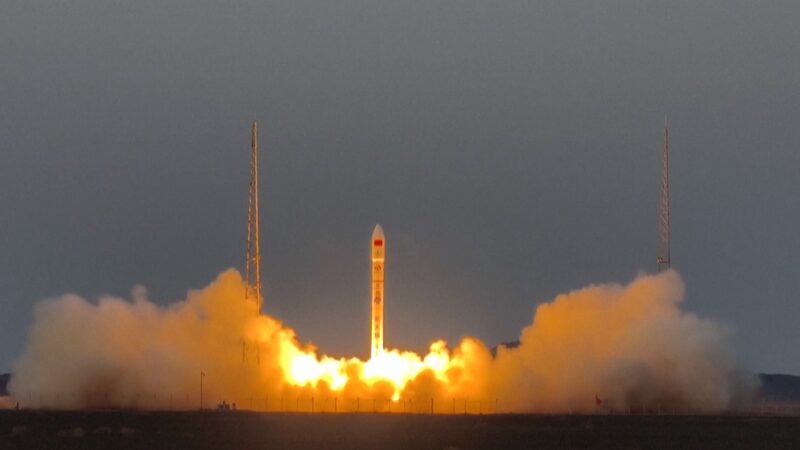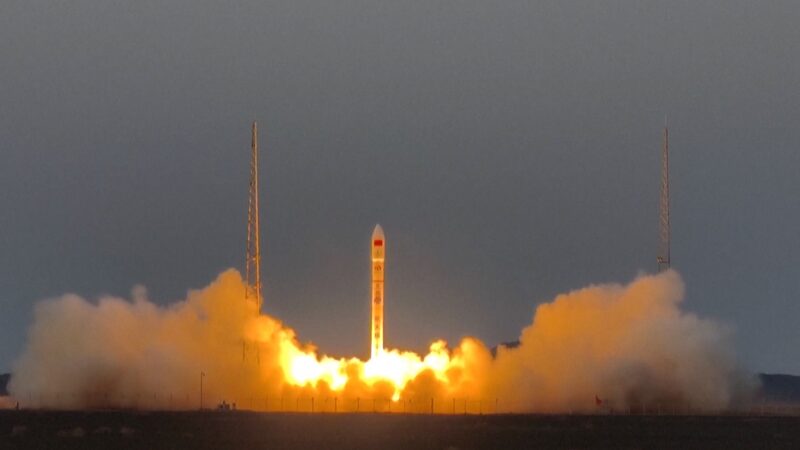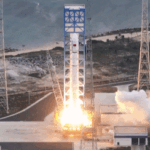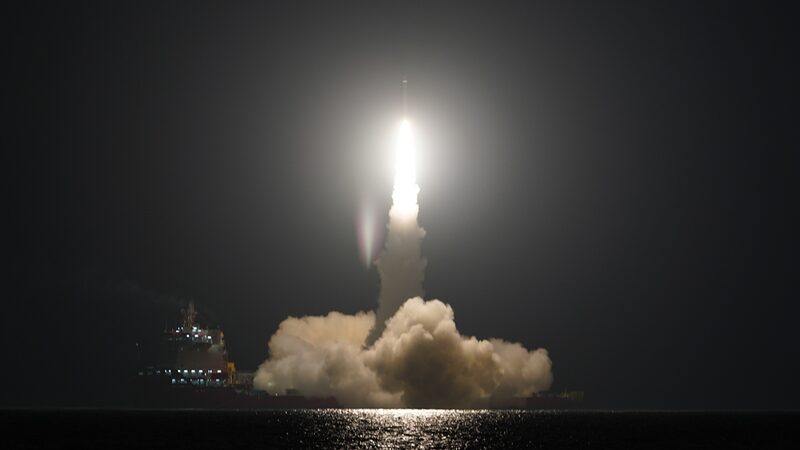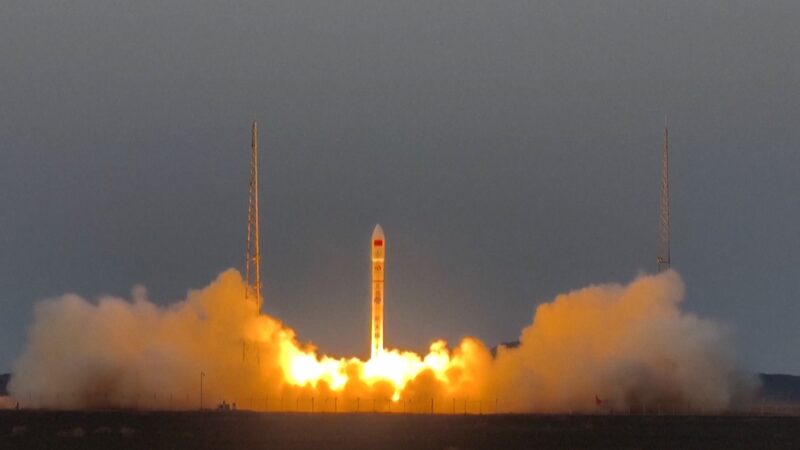China has taken another leap in space technology with the successful launch of a new cluster of low Earth orbit (LEO) internet satellites from the Taiyuan Satellite Launch Center in Shanxi Province. The Sunday evening launch, conducted at 10:15 p.m., deployed the ninth group of satellites designed to form a high-speed internet constellation.
The mission utilized a modified Long March-6 rocket developed by the Shanghai Academy of Spaceflight Technology, engineered to handle complex payload configurations including tandem, parallel, and stacked arrangements. This flexibility addresses growing demands for efficient satellite deployment in an era of expanding global connectivity needs.
This launch marks the 590th mission for China's Long March rocket series, underscoring the country's growing capabilities in space infrastructure development. The new satellites are expected to enhance broadband coverage, particularly in remote areas, while supporting emerging technologies like IoT and smart logistics.
Analysts suggest this development could reshape global digital infrastructure competition, offering potential opportunities for international tech collaboration. The project aligns with broader efforts to bridge digital divides while advancing China's position in next-generation space-based communications.
Reference(s):
cgtn.com
